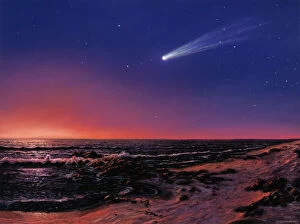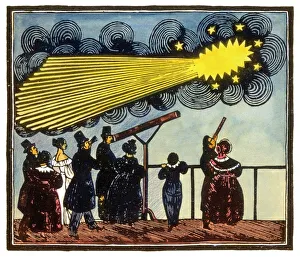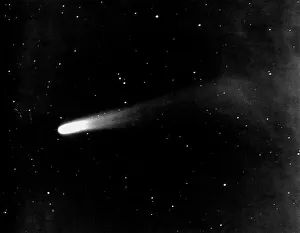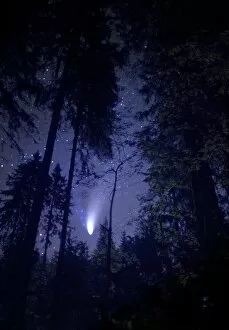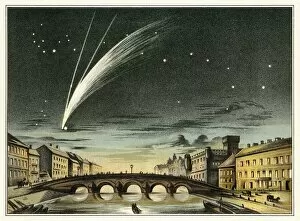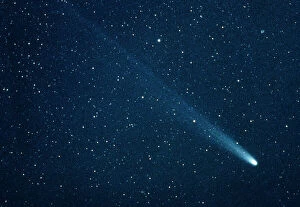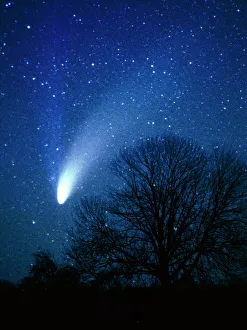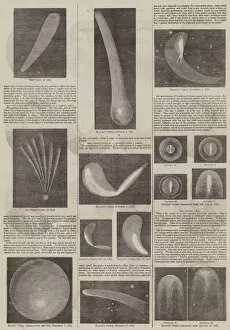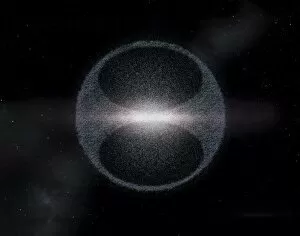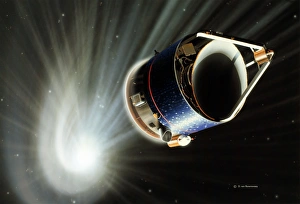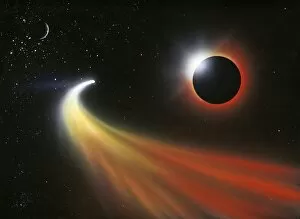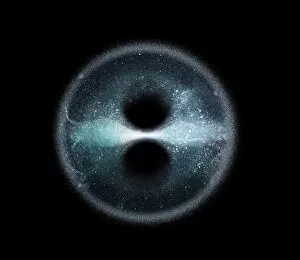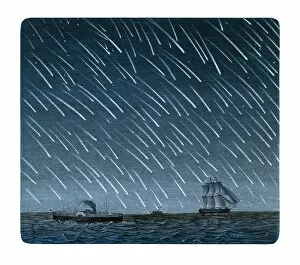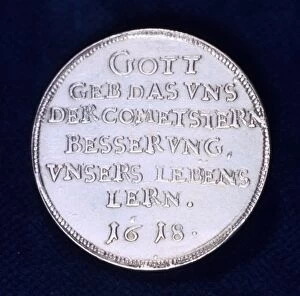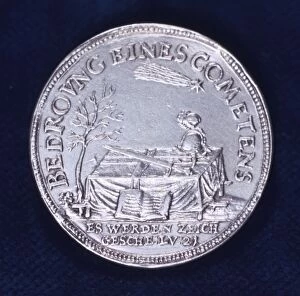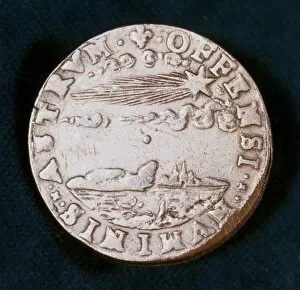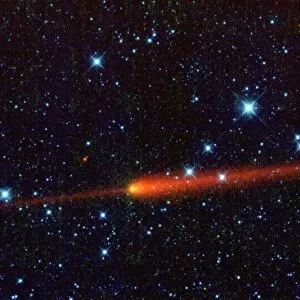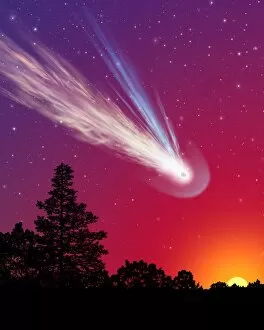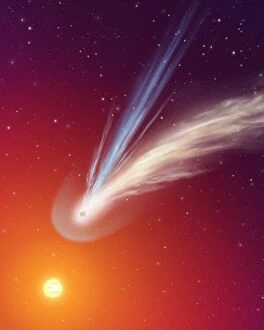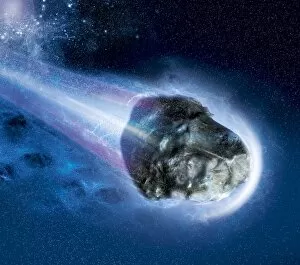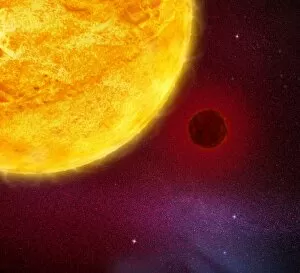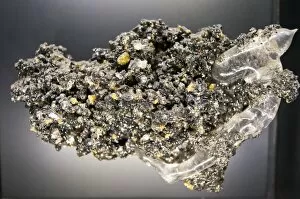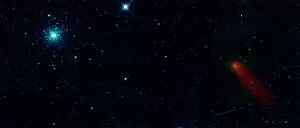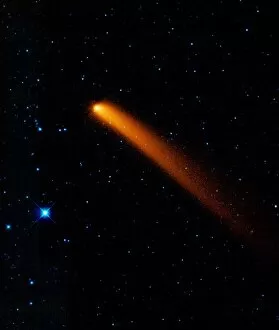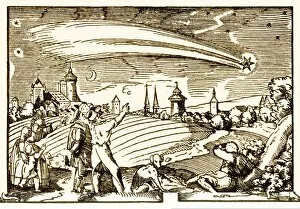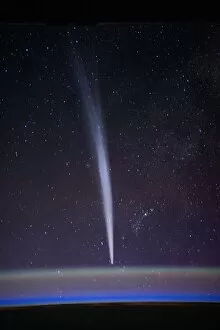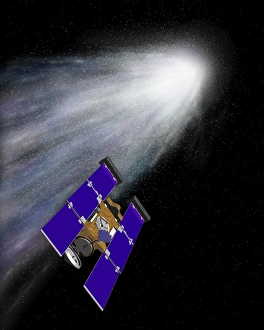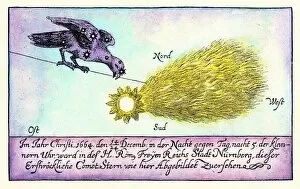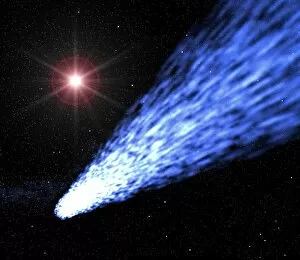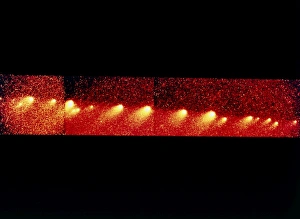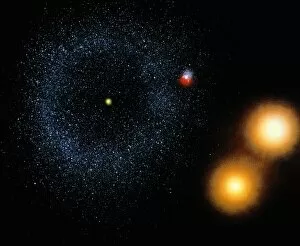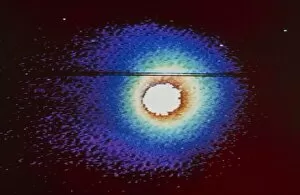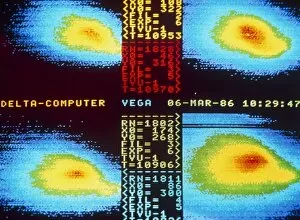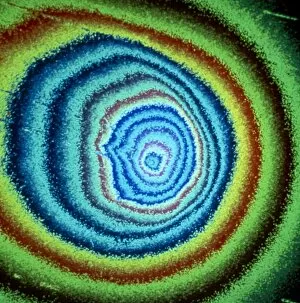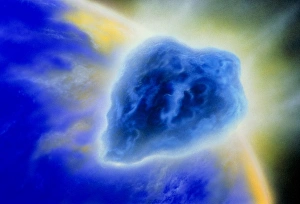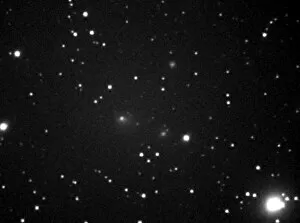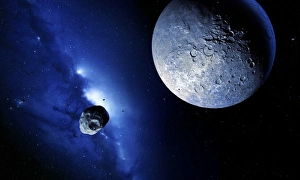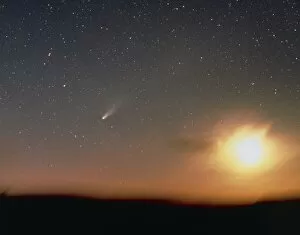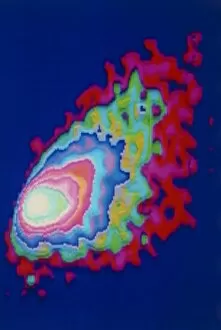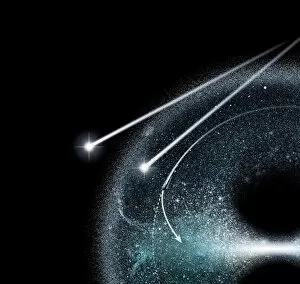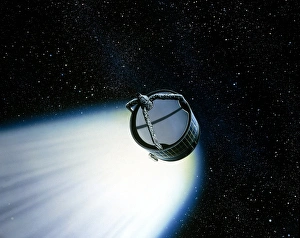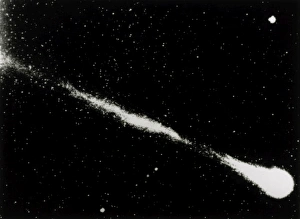Cometary Collection
"Exploring the Celestial Wanderers: A Journey Through Cometary Marvels" Step into the realm of comets
All Professionally Made to Order for Quick Shipping
"Exploring the Celestial Wanderers: A Journey Through Cometary Marvels" Step into the realm of comets, where celestial wonders captivate our imagination and reveal secrets of the universe. From the mesmerizing Hale-Bopp comet to Halleys Comet's timeless beauty, these cosmic visitors have left an indelible mark on human history. In 19th-century artwork, Halleys Comet graced canvases with its ethereal glow, inspiring awe and wonder among artists and astronomers alike. The year 1910 witnessed a spectacular display as this iconic comet painted the night sky with its radiant tail, leaving spectators in sheer amazement. Delve further back in time to explore a solar system map from 1853 – a testament to humanity's fascination with these enigmatic wanderers. Donatis Comet of 1858 comes alive through intricate artwork, showcasing its fiery presence against a backdrop of stars. The Panspermia theory suggests that life may have originated from comets, carrying organic molecules across vast distances. This notion adds another layer of intrigue to these celestial nomads – potential bearers of life itself. On March 13th, 1996, Comet Hyakutake made its grand appearance – a brilliant spectacle that enchanted stargazers worldwide. And just over a year later on April 6th, 1997, we were treated to an optical image capturing the breathtaking beauty of comet Hale-Bopp as it traversed our skies. Halleys Comet continues to fascinate generations; May 1910 marked yet another remarkable sighting when it graced us with its celestial dance. Its recurring visits remind us of nature's cyclical patterns and our place within this vast cosmos. Comets hold more than visual allure; they possess profound influences on Earth's history and development. Engravings depicting "Comets and Cometary Influences" shed light on how these cosmic messengers have shaped our planet's destiny.

